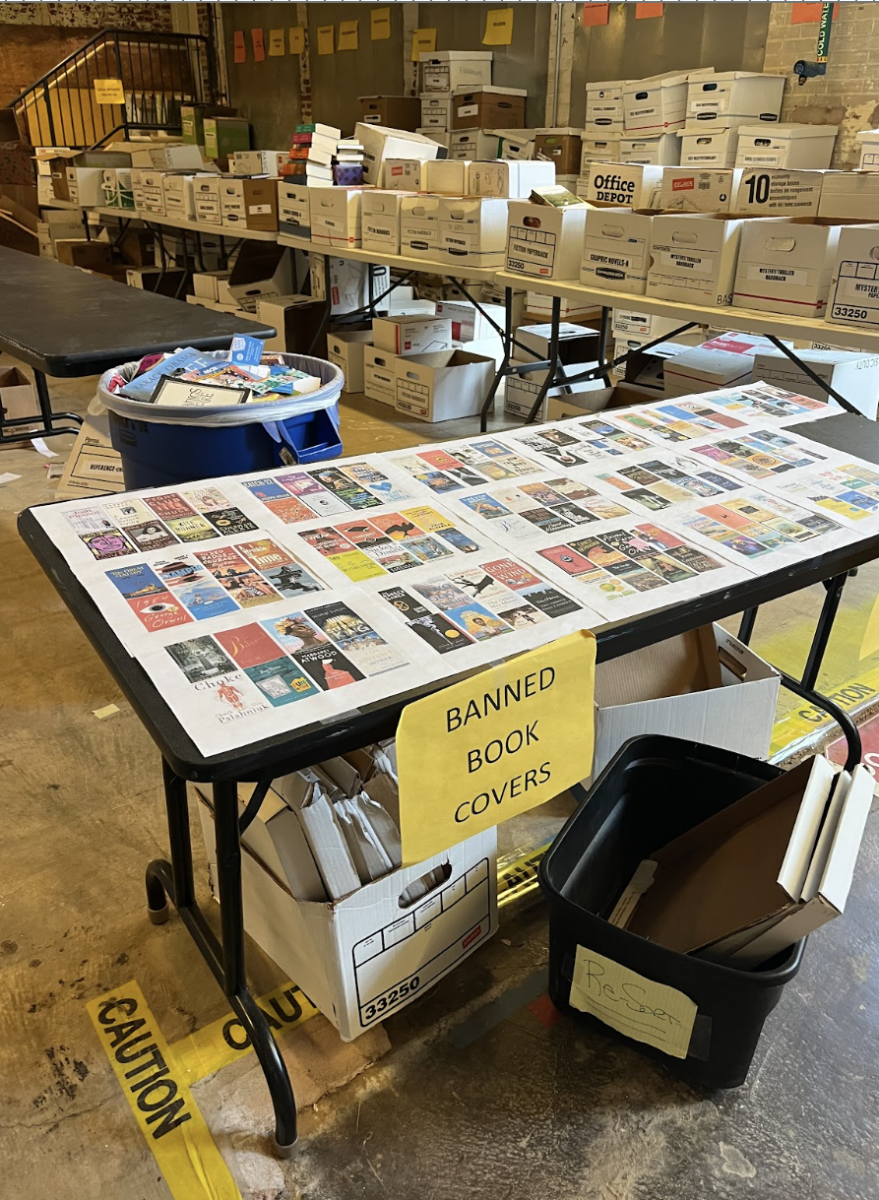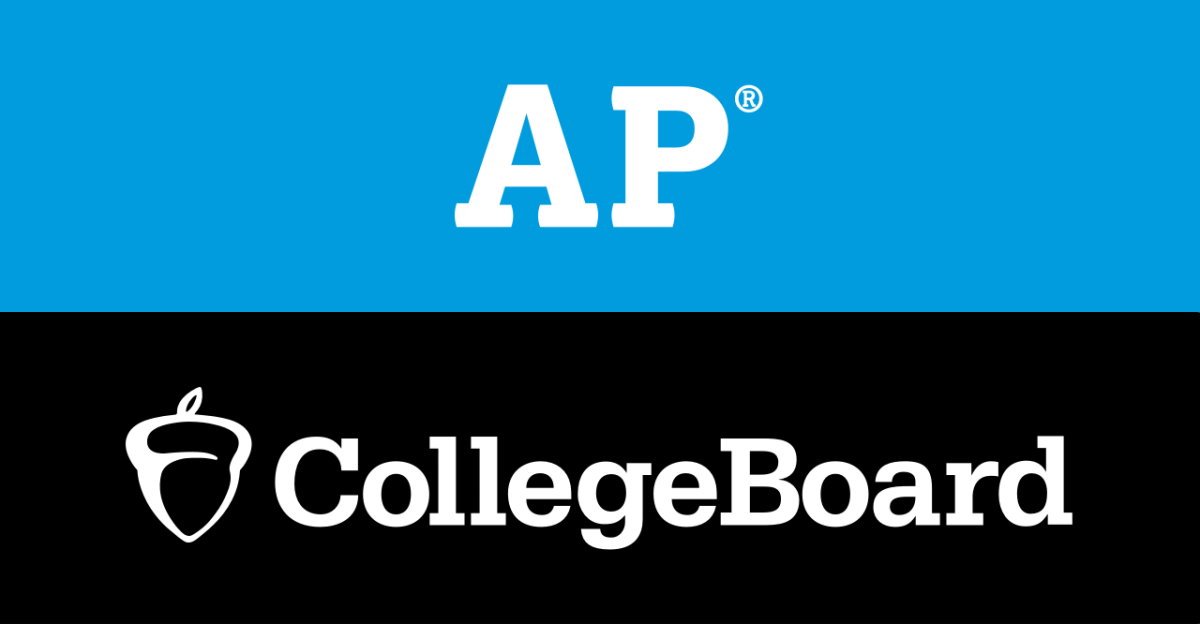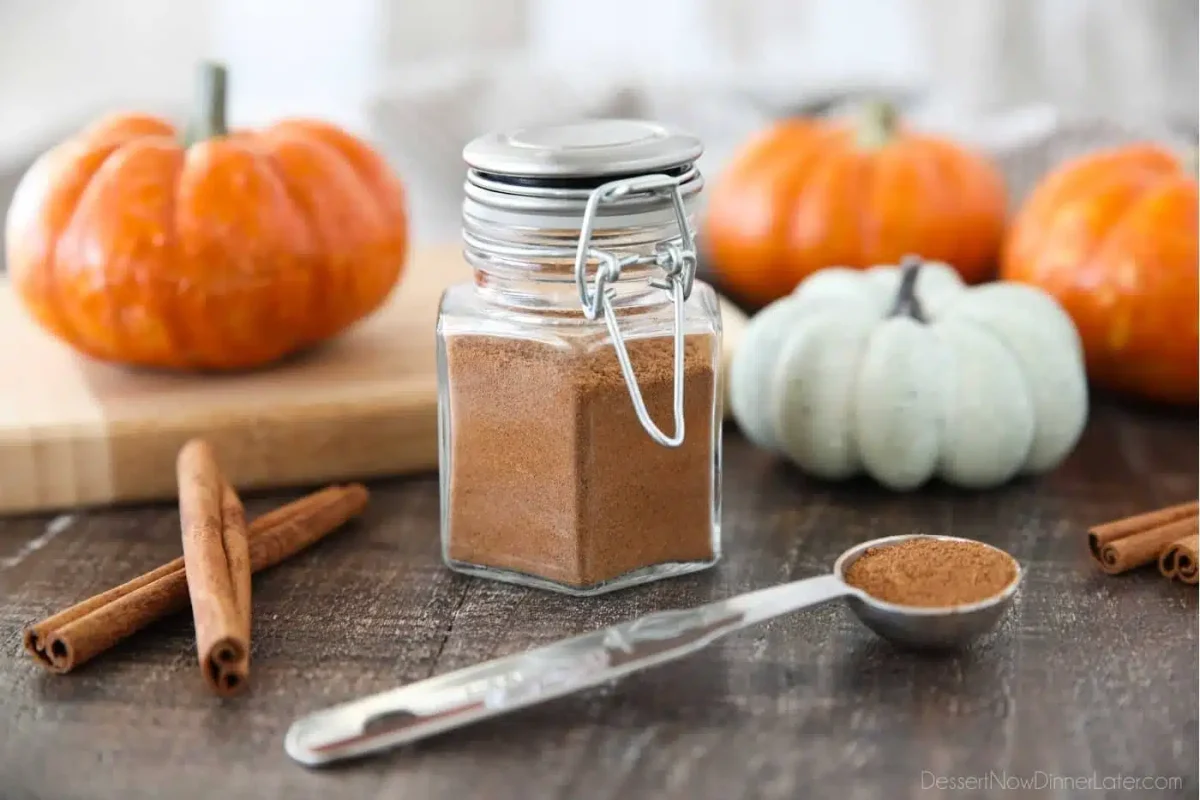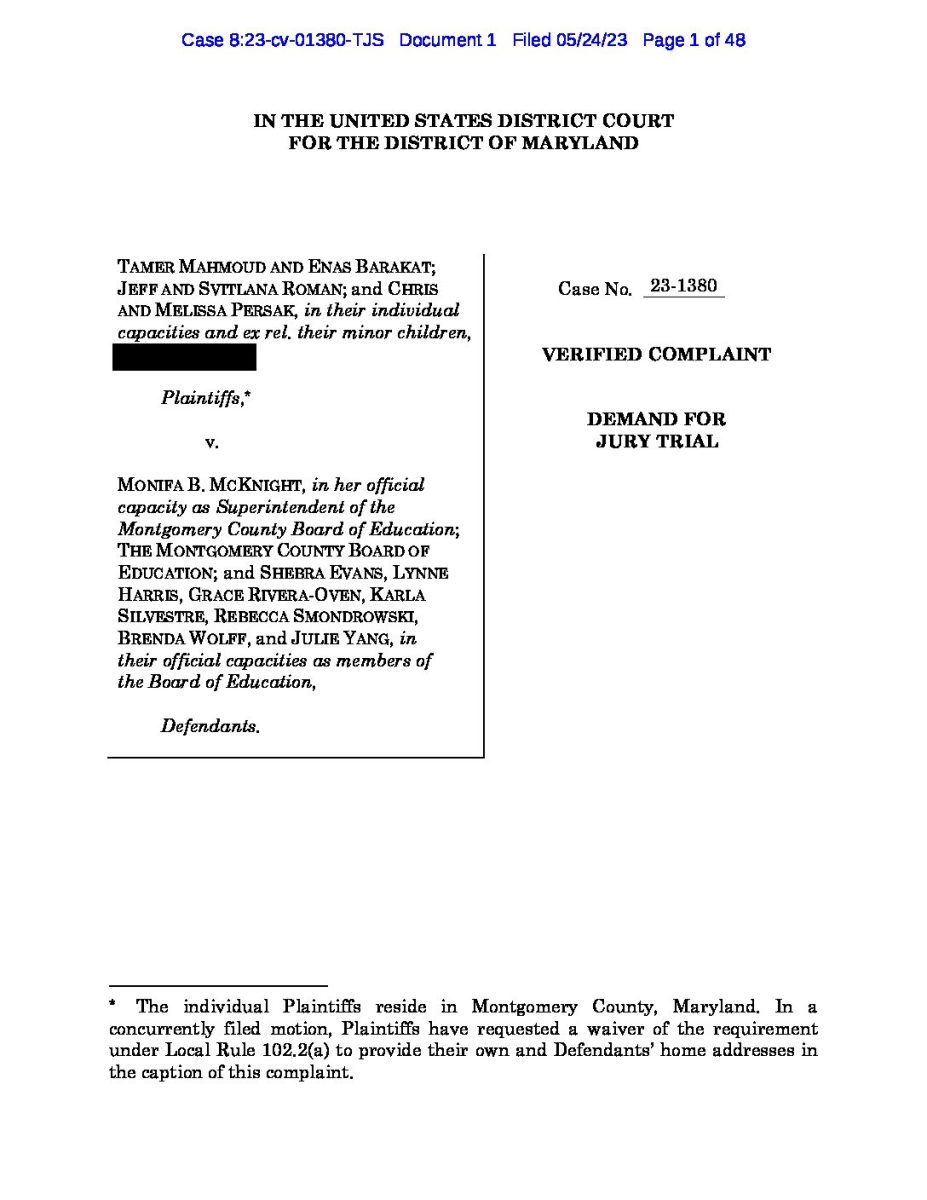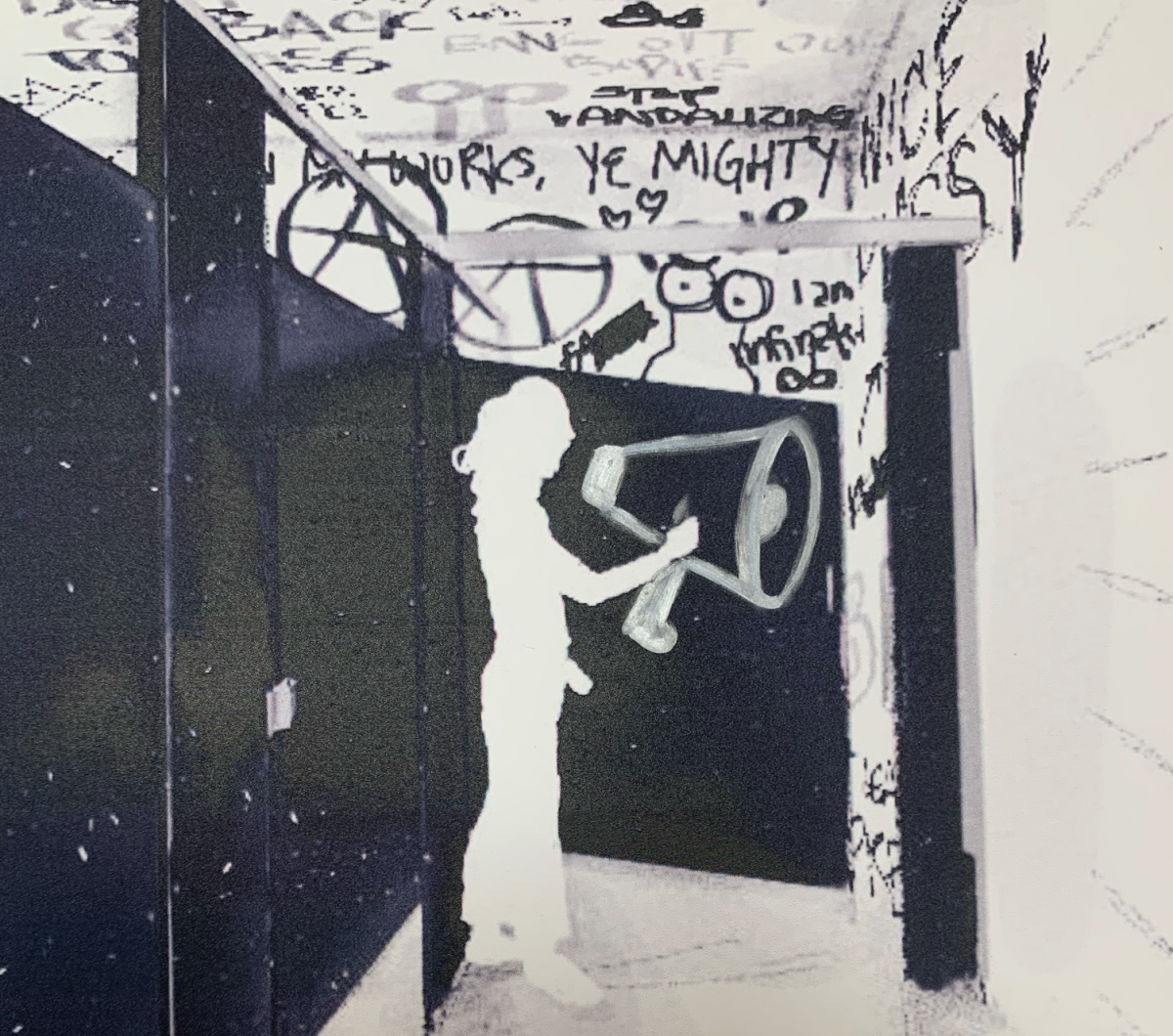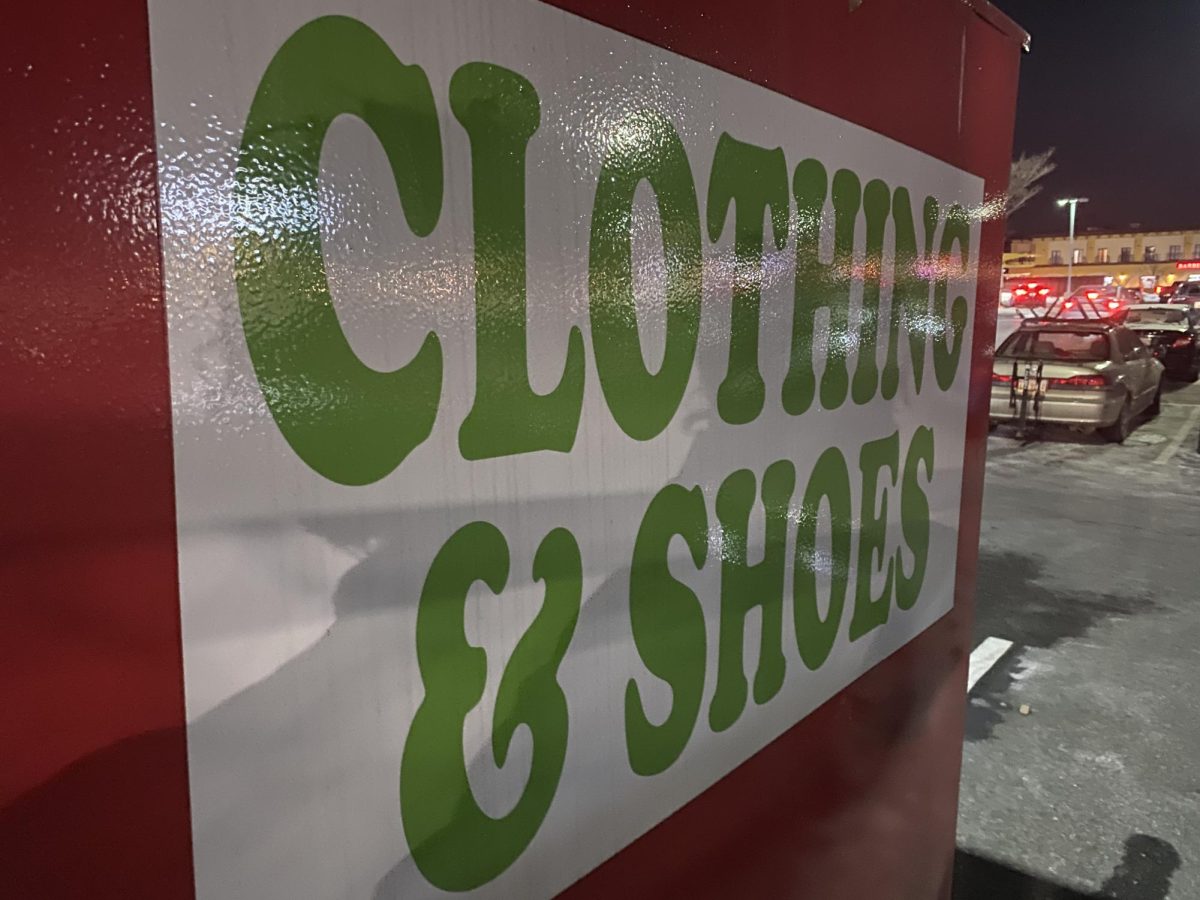It’s the start of a new school year, yet the bathroom doors are still shut throughout lunch. You wait until 5th period to begin and ask to use the restroom (after the first ten minutes of class, of course). The door creaks open to the A2 bathroom stall, revealing a collage of messages, scribbles, and secrets. On the wall to your right, a Nietzsche quote is messily scratched onto the white stone: “To live is to suffer, but to find meaning in it is to survive”. A clumsily drawn penis is next to it. Quite the welcome to a sacred place for contemplation and collective expression, no?
The bathroom walls of our high school bear witness to the unfiltered expressions of teenage culture, and its revelations are profound. What do the doodles reveal? Seemingly trivial, they offer a valuable insight into the minds of high schoolers. They are a mirror reflecting the common understandings of our generation.
Bathroom stalls provide anonymity and a safe space to communicate honestly and without fear of repercussions. With a captive audience at their most vulnerable one can be sure their eye-catching feelings of angst scribbled down will be read and understood in depth by the next person that goes into the stall. Thus, creating a shared journey of understanding. Understanding of the anxiousness, frustration, and powerlessness that go hand in hand with our lives as teenagers at school. It’s natural to want to express ourselves and to be understood, and for many seeking anonymity, this is a safe space to do it.
“Honestly, whenever I’m in the bathroom, overwhelmed and overthinking, I find my mind being drawn away from my problems, and onto these walls,” said junior Shayna Strong Jacobson. “Reading the writings on the wall brings me – and I’m sure a lot of others – a sense of reassurance that we’re not alone.”
It’s a sort of “Us vs. Them” unspoken understanding that creates community. Whether it’s in our social circles or school in general, everyone feels some sort of isolation. Through small messages like, “Draw a heart here if you’re exhausted,” the feeling of alienation is replaced with a connection. Although an inconsequential and anonymous gesture, one feels understood in some small way.
However, self-expression as an excuse does not sit well with all of us. Meher Chopra, a senior, criticized the vandalism, “Although I’m all for self-expression, I also empathize with the endless cleaning and repainting that our janitorial staff does on a daily basis. We can find other ways to express ourselves. Ways that don’t include someone else cleaning up after us.” There is a low likelihood of getting caught when the handwriting can’t be linked back to you, and when there’s so much of it, no one bothers to find the culprit. The scribbles are usually something that can be washed off, or painted over, but our janitors are covering up something that will reappear in a week.
The reasoning for bathroom graffiti isn’t necessarily a lack of an outlet for our opinions. It’s something that creates a feeling of community, and a sense of honesty. It’s something that has always been and will continue to appear on the walls of high school bathrooms.


